It turns out that it does have something to do with the way data is transported.
In the snippet below, you will notice that the @Key annotation is used to generate the actual key when hydrating the entry set.
public final class Userinfo extends GenericJson {
@Key
private String email;
@Key("family_name")
private String familyName;
...
It turns out that this approach is widely used on libs that depend on google-http-client.
I am using Kotlin, so my solution was to do this:
@RegisterForReflection(
targets = [
// google-http-client
com.google.api.client.http.HttpHeaders::class,
com.google.api.client.json.rpc2.JsonRpcRequest::class,
com.google.api.client.json.webtoken.JsonWebSignature::class,
com.google.api.client.json.webtoken.JsonWebToken.Header::class,
// google-api-client
com.google.api.client.googleapis.auth.oauth2.GoogleAuthorizationCodeRequestUrl::class,
com.google.api.client.googleapis.auth.oauth2.GoogleBrowserClientRequestUrl::class,
com.google.api.client.googleapis.auth.oauth2.GoogleClientSecrets::class,
com.google.api.client.googleapis.auth.oauth2.GoogleClientSecrets.Details::class,
com.google.api.client.googleapis.auth.oauth2.GoogleIdToken.Payload::class,
com.google.api.client.googleapis.auth.oauth2.GoogleTokenResponse::class,
com.google.api.client.googleapis.json.GoogleJsonError.ErrorInfo::class,
com.google.api.client.googleapis.json.GoogleJsonError.Details::class,
com.google.api.client.googleapis.json.GoogleJsonError.ParameterViolations::class,
com.google.api.client.googleapis.json.GoogleJsonError::class,
com.google.api.client.googleapis.json.GoogleJsonErrorContainer::class,
com.google.api.client.googleapis.mtls.ContextAwareMetadataJson::class,
// google-api-services-oauth2-v2
com.google.api.services.oauth2.model.Userinfo::class,
com.google.api.services.oauth2.model.Tokeninfo::class,
com.google.api.services.oauth2.Oauth2.Tokeninfo::class,
com.google.api.services.oauth2.Oauth2.Userinfo.Get::class,
com.google.api.services.oauth2.Oauth2.Userinfo.V2.Me::class,
com.google.api.services.oauth2.Oauth2.Userinfo.V2.Me.Get::class,
// google-oauth-client
com.google.api.client.auth.oauth.OAuthAuthorizeTemporaryTokenUrl::class,
com.google.api.client.auth.oauth.OAuthCallbackUrl::class,
com.google.api.client.auth.oauth.OAuthCredentialsResponse::class,
com.google.api.client.auth.oauth2.AuthorizationCodeRequestUrl::class,
com.google.api.client.auth.oauth2.AuthorizationCodeResponseUrl::class,
com.google.api.client.auth.oauth2.AuthorizationCodeTokenRequest::class,
com.google.api.client.auth.oauth2.AuthorizationRequestUrl::class,
com.google.api.client.auth.oauth2.PasswordTokenRequest::class,
com.google.api.client.auth.oauth2.RefreshTokenRequest::class,
com.google.api.client.auth.oauth2.TokenErrorResponse::class,
com.google.api.client.auth.oauth2.TokenRequest::class,
com.google.api.client.auth.oauth2.TokenResponse::class,
com.google.api.client.auth.openidconnect.IdToken.Payload::class,
com.google.api.client.auth.openidconnect.IdTokenResponse::class
// @TODO: This must be fixed first
// https://github.com/googleapis/google-oauth-java-client/issues/947
// com.google.api.client.auth.openidconnect.IdTokenVerifier.PublicKeyLoader.JsonWebKeySet::class
// com.google.api.client.auth.openidconnect.IdTokenVerifier.PublicKeyLoader.JsonWebKey::class
]
)
class ReflectionConfig
I hope that will help someone else.
